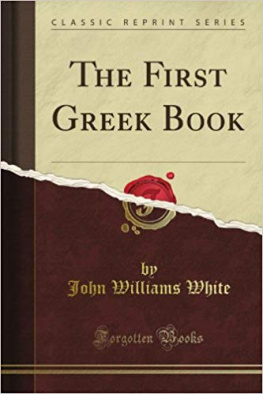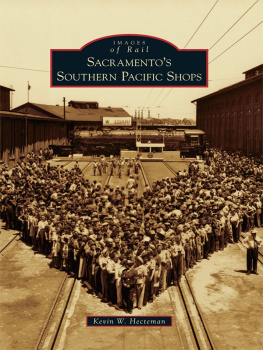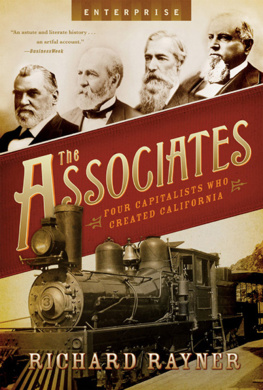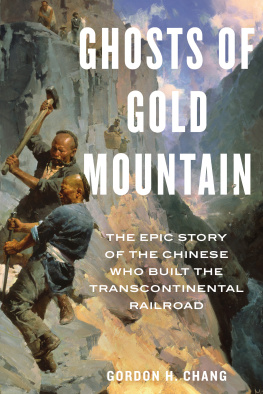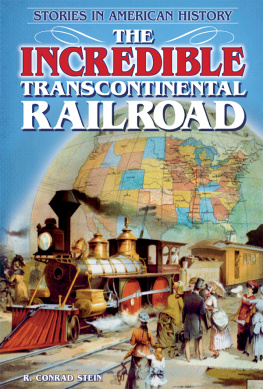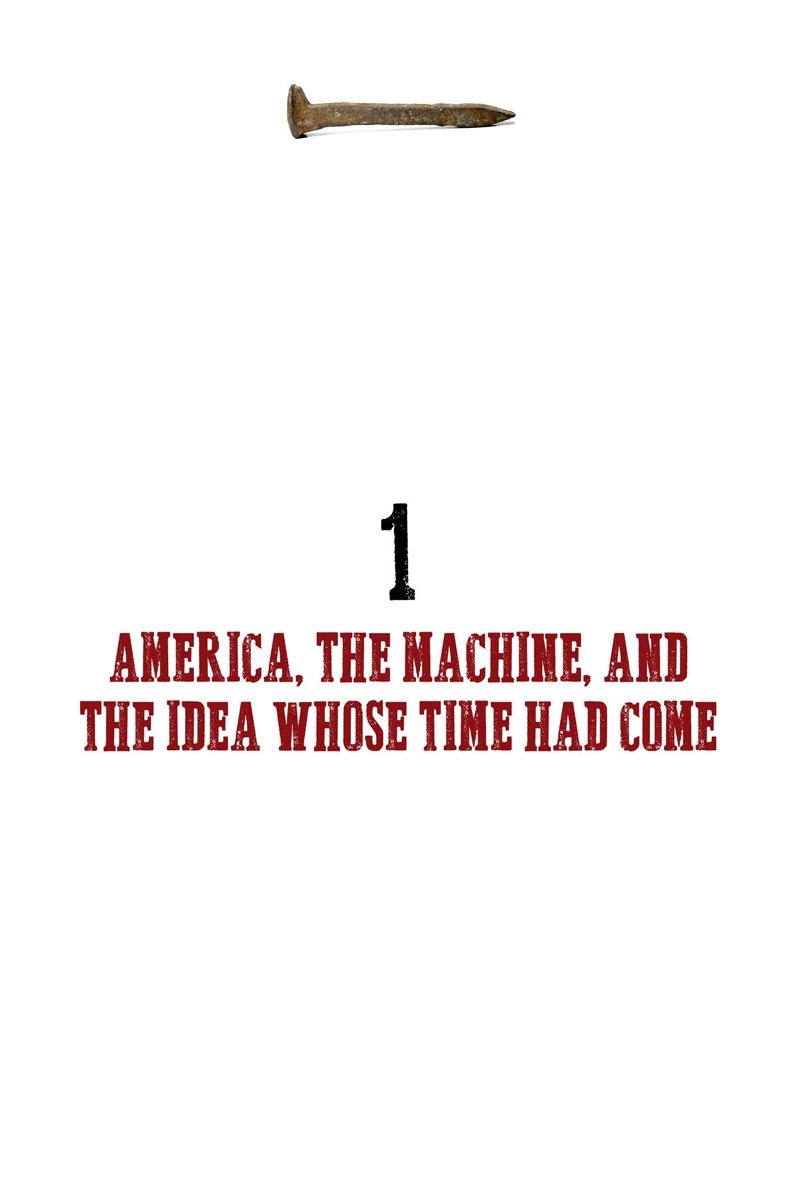The diminutive, dust-covered figures worked without speaking in the uneven glow of the guttering torches. The clash and clang of pickaxes, shovels, and prying bars created an ungodly din in the narrow confines of the tunnel. Those continual noises were punctuated from time to time by the shuddering, basso-profundo crump of explosive charges that shattered granite at the tunnels facings. When the charges went off, a numbing concussive wave swept through the tunnel, sometimes bowling over the slender workers, followed by a dense, roiling wall of fine granite dust that coated the men.
On they toiled in shifts every hour of the day and night, as many men as could be used effectively in the cramped tunnel facings. There were four crews at work at all times, for this, Summit Tunnel, had four distinct facings. The east and west bores were supplemented by a vertical shaft sunk in the middle of the long tunnel line. Into that vertical shaft, seventy-eight feet deep, crews were lowered to work in both directions toward the men laboring in the east and west bores. The dangerous, backbreaking work had been under way for almost two years, since mid-August 1865 through two hellish winters, the last of which had dropped forty feet of snow on the Sierra Nevadas and killed scores of workers with slashing winds and avalanches.
And so the dust-clad Chinese and their Caucasian crew bosses and engineers had burrowed into the unforgiving California mountains. Daily, men were carried from the facings, dead, injured, or felled by exhaustion. Healthy men in their prime simply keeled over where they worked. Temporarily replaced at their positions by standby workers, they were swiftly dragged to the entrance of their bore and given time to recover in the sharp, fresh mountain air.
The four sets of crews worked round the clock with a grim, almost manic determination, for Summit Tunnel was natures most brazen challenge and greatest obstacle between Sacramento and distant Omaha.
Then, at one in the morning on May 3, 1867, a great, noisy crumbling took place at the east facing, and light from torches in the west could be seen flickering through the dust. No longer silent, the men from Shanghai, Canton, and Macao, and their American bosses, almost stunned, rent the icy caverns with a new din: a wave of bellowing cheers. The Summit had been pierced. The Sierras had been bested.
There was awesome work yet to be done, months of wearing toil before the first track could be laid within the tunnel, but in that one ecstatic moment in 1867, the Pacific Railroad had become a reality. America would be bound, east to west, by iron. The transcontinental nation was a reality.
With a visible, palpable nervousness, young Lewis Clement, the engineer in charge of Summit Tunnel, strode into the now widened bore a week after the breakthrough, surveyors instruments in hand. With torchbearers stationed every few yards in the 1,659-foot bore, Clement began his first series of observations in the damp and eerie tunnel. During the preceding two years work, he and his assistants had been measuring under conditions never taught about in engineering schools. They had made their calculations under poor visibility on a wildly uneven tunnel floor, plotting a bore not only divided into four distinct parts, but one that had to gradually rise, descend, and curve as it penetrated from west to east. Not that their work consisted in mere guesswork, but the expected margin of error was large, and if the various bores were seriously misaligned, many months of expensive remedial work would have to be done, delaying the Central Pacific Railroads progress east. For two years, Summit Tunnel had been a tough bone to be chewed by the Central Pacific, whose leaders knew only too well that the Union Pacific Railroad was racing across the flat Great Plains, its crews laying rails in the obstacle-free Platte Valley at world-record speed.
As Clement finished his measurements and worked out the geometric statistics at a rude desk near the tunnel mouth, he found his most fervent prayers answered. Summit Tunnels four bores fitted together almost perfectly, with a total error in true line of less than two inches. The seemingly impossible had been achieved. The longest tunnel anyone had cut through natural granite, cut at a daunting altitude in an abominable climate, had been bored by a small army of Chinese thousands of miles from their ancestral home. The Sierras were truly breached, and now only the parched, table-flat Nevada desert confronted the Central Pacific. The great race across the continent was on.
The dream that began more than thirty years before - the dream of a railroad across America - was about to enter its final stage.
The Nation
On July 2, 1862, as General John Pope prepared to march his army south to a disaster known as the Second Battle of Bull Run, a much-harried President Lincoln signed the Pacific Railroad Act, mandating the greatest engineering feat ever attempted, a feat that would fundamentally change Mr. Lincolns nation.
Signing that act, obligating private interests to risk more than $100 million, was the culmination of some thirty years of growing pressure. If Manifest Destiny had earlier impelled American expansion to the Pacific Ocean, it also demanded the bridging of the Great American Desert, whose emptiness bifurcated the nation into Atlantic and Pacific coastal communities. And Manifest Destiny would perhaps not halt at the coasts. In 1857, messianic Theodore Dehone Judah, a man fueled by dreams of the railroad, wrote of the wider world it would open: And be it remembered that it is not the through lines to California alone upon which the road is to rely for through travel. There is Utah, Oregon, Washington, the Russian possessions, the Sandwich Islands [Hawaii], China and the Far East Indies - all of which are brought, more or less within the influence of this road.
America was ready in 1862, despite its internecine bloodbath. Constantly fortified with the new blood of immigrants who saw America as a place where anything was possible, the nation had adopted an ethos that elevated problem - solving to the status of religion. In large part, this attitude was due to the uniquely American free public educational system, under which schoolhouses were erected in even the most out-of-the-way hamlets. There was also, in the decades before the Civil War, a proliferation of specialized academies, engineering schools, and polytechnical institutes that put problem-solving on a scientific base. In fact, for more than a generation, West Point, Americas only national college, had been regarded as an engineering school rather than a military academy. With a modern and rewarding national patent system at their service, engineers in their growing numbers, self-taught and school-certified, turned their energies to proving that any problem could be rationally solved, that no barriers were immutable. There is a harmony in the fact that the same year President Lincoln signed the Pacific Railroad Act, Congress passed the Homestead Act, not only providing virtually free federal lands for settlers of the frontier but also a system of state agricultural and mechanical colleges in even the most remote territories. That same year, almost symbolically, thinker-essayist-abolitionist Henry David Thoreau died, and in France, Lon Foucault measured and recorded the unmeasurable speed of light.
Problems could be solved. Of that, America was itself proof, and additional proofs could be found throughout the vast land. Between 1820 and 1860, despite national growing pains, engineers and tinkerers had dotted the landscape with an amazing pattern of canals and turnpikes, while steamboats plied hundreds of rivers and lakes. This frenzied transportation revolution knit together communities, states, and even regions, but fell short, largely because of geographical obstacles, of binding together the nation. Americans traveling from one coastal community to the other avoided the hostile Great American Desert and felt forced to take a circuitous sea route.


